How to Teach Greater Than and Less Than? 7 Best Ways
reviewed by Jessica Kaminski
Updated on August 2, 2025
Once your kids have mastered basic paced value, it’s time to move on to the greater than less than activities. But what if teaching foundational math feels overwhelming? I’m a seasoned math tutor from Brighterly, and I’m here to help you understand how to teach greater than and less than in simple and effective ways!
Key Points
- The best way to help kids comprehend the concept is to use fun ways to teach greater than and less than, such as gamified learning and real-world applications.
- Brighterly, a leading math tutoring platform, reinforces math skills through game-based, individual learning approaches and a structured STEM-focused curriculum.
- Children in different grades need alternative approaches to reinforce the greater than and less than concepts.
How to teach kids greater than and less than?
- With a professional math tutor
- With worksheets and math tests
- Using physical objects
- Studying real-life examples
- Practicing with a number line
- Avoiding symbols in the beginning
- Utilizing read-aloud stories
These are the 7 top methods of teaching greater than and less than — but it doesn’t mean you should only use one! In fact, combining several of these methods will help your child get a firmer grasp of the concept and make learning fun and effective.
Learning greater than and less than with a professional math tutor
The best and easiest way to help a child learn greater than and less than is with the help of a professional, private math tutor. Expert-driven math tutors know all of the best techniques and tools to make learning effective and engaging. If you can’t find the answer to “How to teach a child greater than and less than?”, the abovementioned method is what you should look into.
A renowned online math tutoring platform, Brighterly, utilized both a Common Core-aligned, STEM-focused curriculum and interactive game-based learning. In short, Brighterly offers math lessons for grades 1-9, providing personalized math assistance and helping your child master math concepts like greater than and less than.
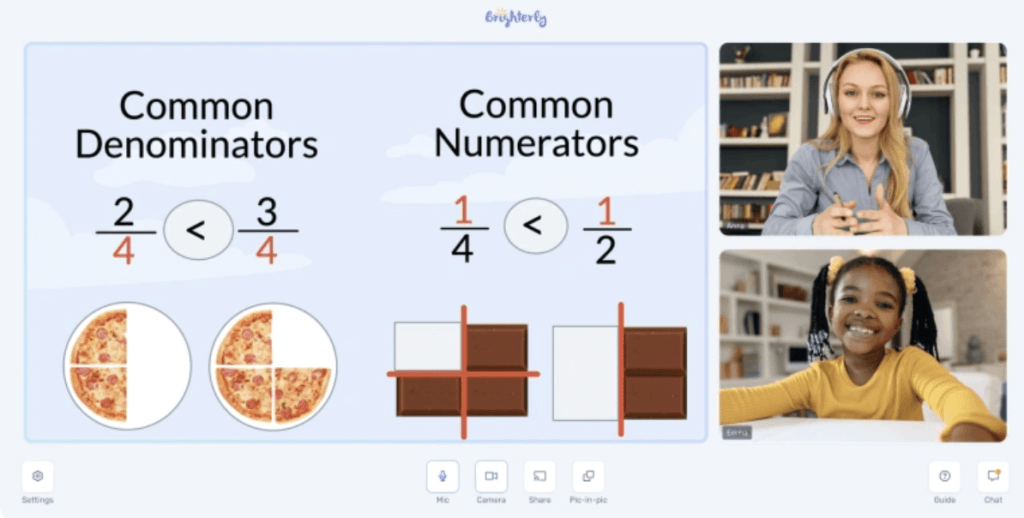
Moreover, Brighterly has an affordable price. The standard tutoring rate around the United States is between $20 and $80, whereas Brightery’s rates start at $17.4 per lesson.
How can Brighterly math tutors help your child learn greater than and less than?
Next, we’ll explore in detail how these methods used by Brighterly tutors can help students to reinforce the greater-than-less concept.
How to teach greater than and less than for kindergarten through game-based learning
Brighterly math tutors recognize the importance of play in education. According to ResearchGate, gamified learning (if used correctly) can make math less intimidating and more fun, which leads to more engagement and motivation in children.
Game-based learning is a great tool for explaining kindergarten greater than less than and making kids feel more confident and relaxed during math learning. It reduces fear and boosts retention, which is especially beneficial for children facing math-related anxiety.
Each Brighterly private math tutor is a gamified learning expert and aims to help kids enhance their problem-solving skills and obtain a deeper understanding of math concepts through educational and real-life experiences.
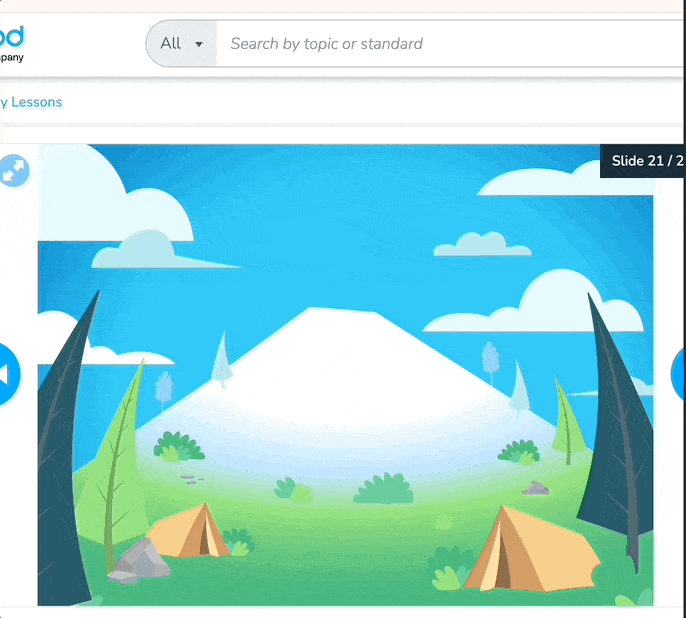
How to teach greater than and less than through an individualized approach
The Brighterly math tutoring platform specializes in program learning plans for elementary and middle school students, emphasizing an individualized approach.
Research shows that when the instruction is tailored to children’s individual needs, it helps kids gain a deep understanding and retention of math concepts.
The Brighterly math program ensures compliance with the Common Core standards. It allows tutors to identify children’s weaknesses and strengths and provide targeted explanations, making the greater than less than examples more digestible and engaging.
Unlike the public schools, Brighterly doesn’t just provide drilling exercises and basic explanations. The platform offers straightforward, interactive tasks, extra practice, and instant feedback during classes. For example, if a child tends to rush through when telling numbers apart, a Brighterly teacher would use a time clock during a math class and a reward system to motivate them to concentrate.
Teaching greater than and less than through hands-on experiences
Children may struggle with abstract concepts; this is why Brighterly utilizes hands-on experiences to boost children’s understanding of the greater than and less than concepts.
According to the Hammil Institute of Disablities, children who receive math concepts through hands-on experiences are more likely to improve comprehension and memory.
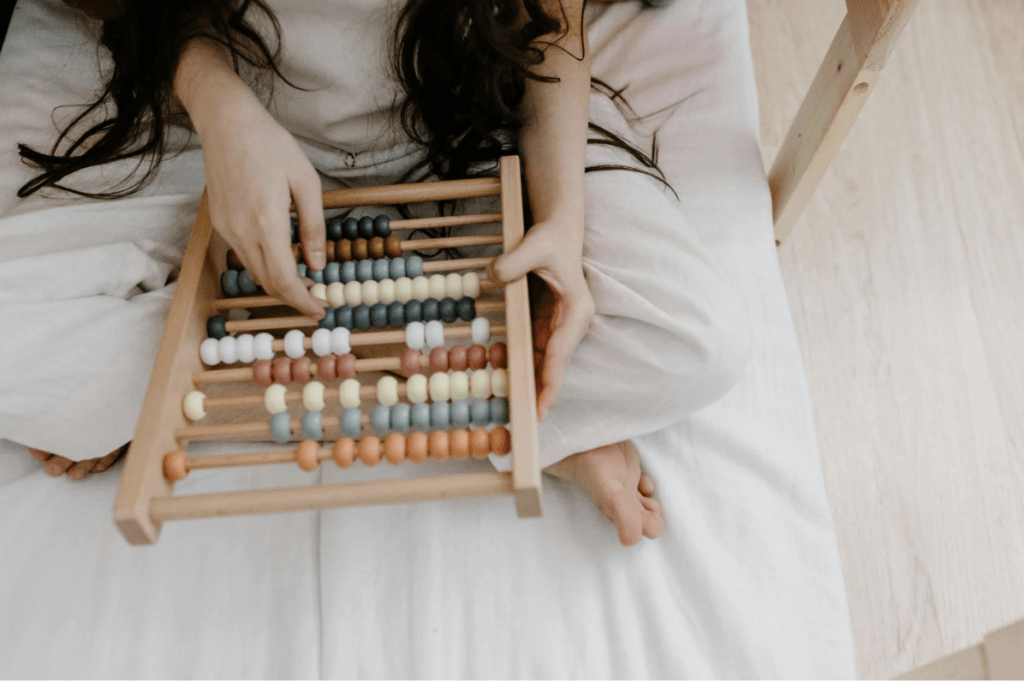
When kids see concrete ways of applying the greater than less than a concept in everyday life and outside the classroom, they make a stronger connection to math. This is why Brighterly teachers may use physical objects like apples or blocks to show how to compare one group of objects to another.
How to teach greater than and less than with worksheets and math tests
If you’re ready to introduce the greater than less than concept, then you need a good greater than less than lesson plan. Worksheets can help you with that: the practice worksheets are perfectly suited for use by teachers or tutors, parents, or for independent study at home.
Worksheets provide children with a written, repetitive, targeted practice, which helps them recognize patterns and apply the greater than/less than concept more efficiently.
Brighterly provides you with a range of free printable greater than less than worksheets in PDF format
Brighterly math worksheets offer step-by-step explanations with visuals, including interactive quizzes and challenges. This is a very easy way to teach percentages — no need to spend hours looking for perfect resources or googling “greater than and less than lesson plan Grade 1 PDF”. Even if you don’t buy a Brighterly tutoring plan, the math worksheets are available online with no minimum purchase — they are always at hand when you need them!
If you were wondering “How to teach a child greater than and less than through worksheets?”, now you know!
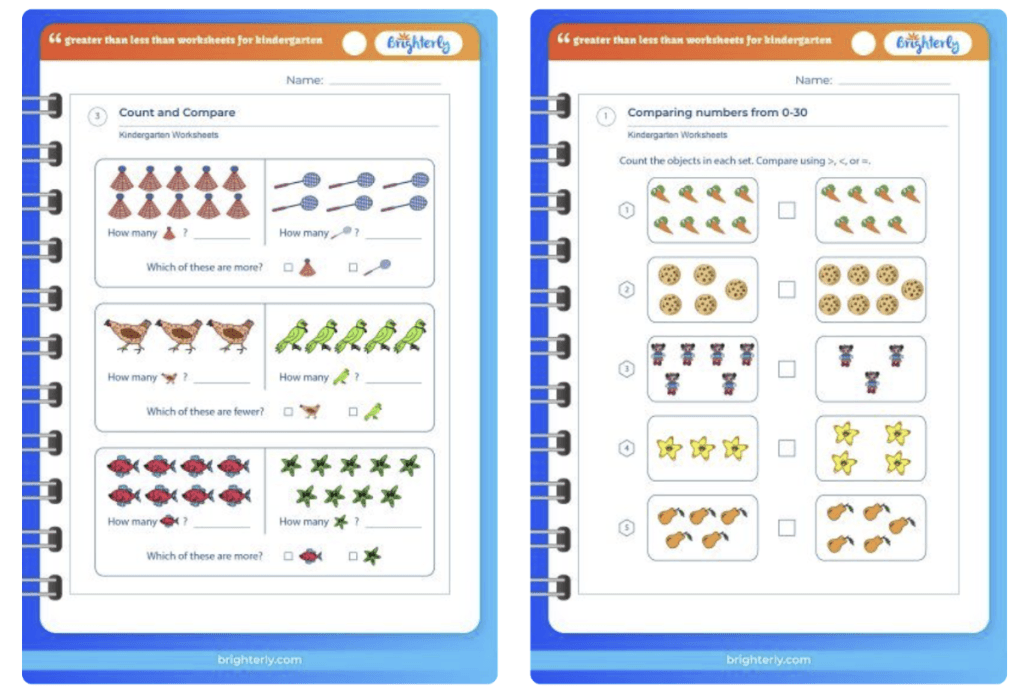
As a side note, good math learning should start with diagnostic testing. To help your child master the subject, Brighterly offers you a diagnostic math assessment to help you discover your child’s weaknesses and strengths:
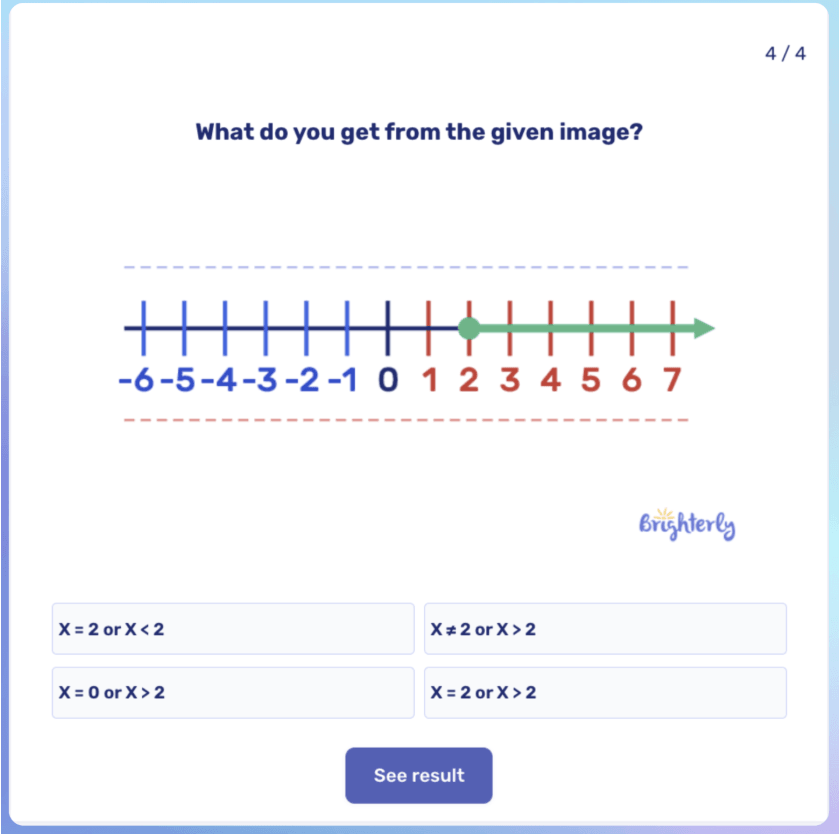
In addition, Brighterly Knowledge Base provides you with various articles covering any topic your child needs (statistics, percents, units). This resource is ideal for self-learners who prefer exploring topics at their own pace and, of course, for parents who need a little reinforcement themselves.
How to teach the concept of greater than and less than through worksheets: Practical tips
Got the question: “How to teach the concept of greater than and less than?”. Here are some practical tips to teach greater than less than through worksheets:
- Use color-coded highlighters to organize your work.
- Use the visuals provided in the worksheets to show a group of objects, and ask your child to count and compare them.
- Don’t start with something difficult — use progressive worksheets, starting from simple visualization and base concepts and moving to symbols and numbers.
Benefits of teaching greater than and less than through worksheets
Worksheets provide children with repetitive, targeted practice, which helps them recognize patterns and apply the greater than/less than concept more efficiently.
How to teach less than and greater than via using physical objects
As I already mentioned, abstract concepts are not the strongest suit for younger kids. This is where various physical objects come into the scene, helping children internalize the whole greater than/less than concept. It makes learning hands-on and ideas easier to understand. You can take whatever objects are available to you and ask your child to compare the two groups.
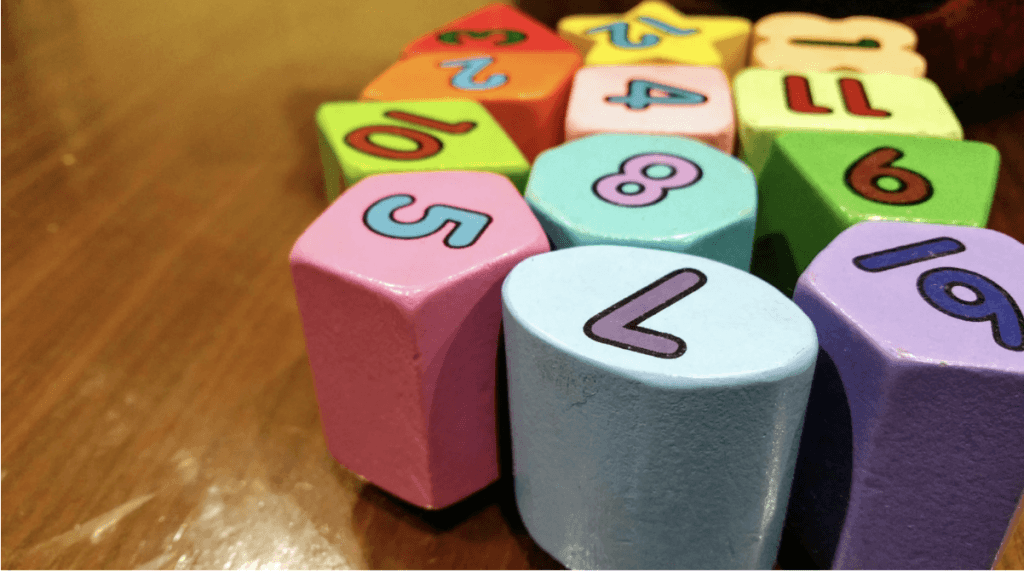
Greater than less than activities with using physical objects: Practical tips
- Use the child’s favorite objects (toys, cookies, etc.).
- Let children move and assemble objects.
- Practice daily.
Benefits of teaching greater than and less than via using physical objects
The benefits of teaching greater than less than using physical objects are the following:
- Abstract concepts become easier.
- Engages visual and kinesthetic learners.
- Makes learning fun.
How to teach less than and greater than with real-life examples
By incorporating greater than less than activities into real-life experiences, children can see the importance of knowing greater than less than daily, making the learning experience more meaningful and relatable.
How to teach a child greater than and less than with real-life examples: Practical tips
- Use daily comparisons (Who has more Brussels sprouts — daddy or you?).
- Count cars while driving (Let’s count white cars and see who counts more!)
- Count and compare items while shopping.
Greater than less than activities and learning with real-life examples: Benefits
If you want to make learning greater than less than meaningful and practical, real-world applications significantly improve understanding and comprehension of the concept while performing mundane, everyday tasks.
Teaching the greater than less than via practicing with a number line
Number lines are a wonderful tool to visually understand which numbers are bigger or smaller. Kids can easily internalize the greater than less than concept by checking their position on the line.
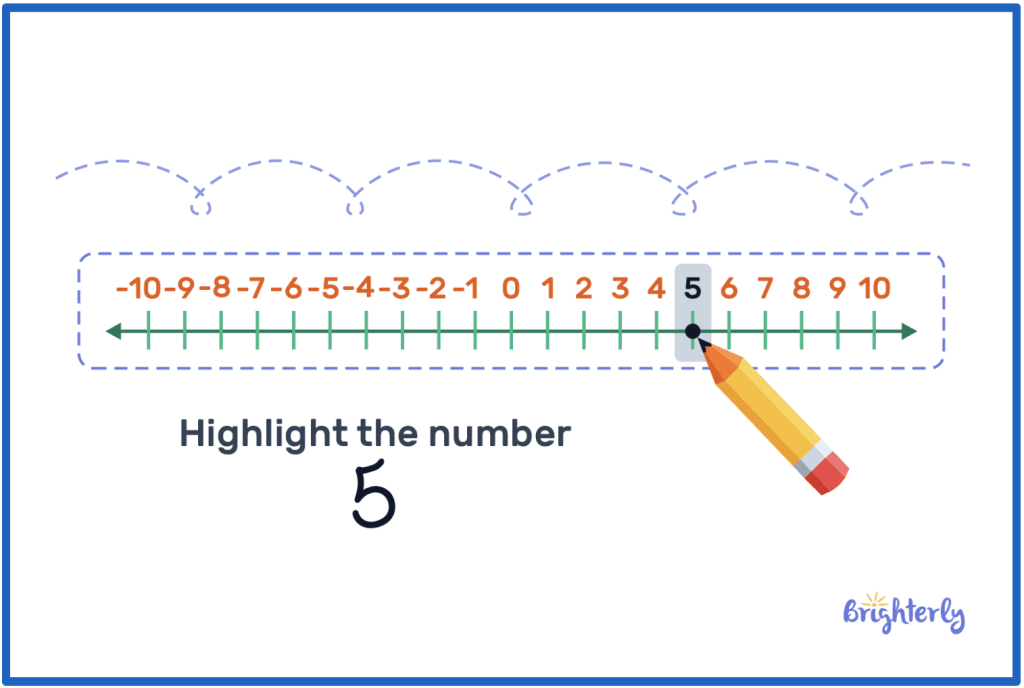
How to teach greater than and less than with a number line?
- Draw a number line on the floor so kids can physically stand on numbers.
- Add signs (<, >) to internalize the symbols.
Benefits of teaching the greater than less than with a number line
- Provides visual reinforcement.
- Improves order and number sequencing.
How to teach greater than and less than through avoiding symbols in the beginning
If you ask me how to teach greater than and less than with symbols, I’d say avoid them initially!
Kids are natural learners, but concepts with unfamiliar meanings like signs and symbols, can confuse them if introduced too early. Here’s what to do instead.
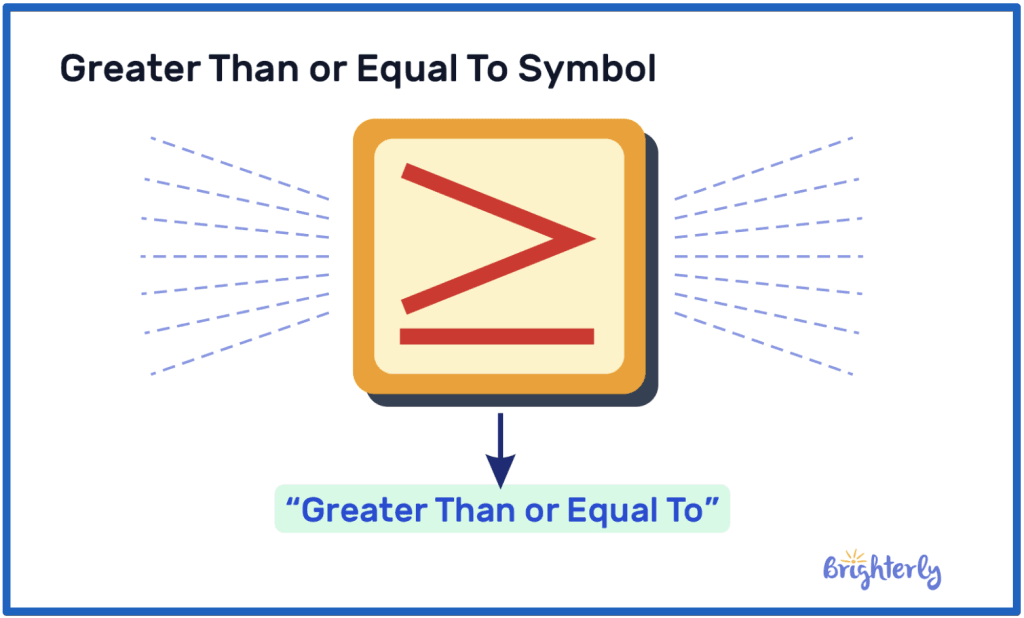
How to teach a child greater than and less than through avoiding symbols in the beginning: Practical tips
- Use words (5 is greater than 3).
- Use your fingers to show numbers.
- When kids are ready, incorporate symbols as a shortcut for greater than and less than.
Benefits of teaching greater than and less than through avoiding symbols in the beginning
The benefits of teaching greater than less than through avoiding symbols in the beginning are the following:
- Makes learning less intimidating.
- Reinforces math thinking through everyday language.
👀 Signs and symbols can be the hardest thing for younger kids, but now you’re fully equipped to teach greater than and less than signs.
How to teach less than and greater than through utilizing read-aloud stories
Finally, you want to use a fun and engaging method like reading stories to reinforce greater than less than. Stories with interesting, relatable characters (e.g., animals with apples/kids with toys) help kids understand concepts more quickly.
📚Note. According to van den Heuvel-Panhuizen and Elia (2012), realistic contexts and story-based problems can significantly improve understanding of math concepts and problem-solving. This is why it’s absolutely beneficial to incorporate “math” stories into your kid’s routine.
How to teach kindergarten greater than less than through utilizing read-aloud stories: Practical tips
- Choose stories focusing on greater than or less than.
- Pause and ask questions.
- Use age-appropriate content.
Greater than less than activities for kindergarten: Benefits of read-aloud stories
- Makes learning more fun and relaxing.
- Improves math vocabulary.
- Supports comprehension skills.
Now, let’s explore how to teach greater than and less than to children in different grades.
How to teach greater than and less than to kindergarten?
The best methods to teach greater than and less than to kindergarten from the ones mentioned above are using physical objects, real-life examples, and hiring a professional tutor. These can make learning less intimidating and more relatable.

How to teach greater than and less than to first graders?
The best methods to teach greater than and less than to first graders from the ones mentioned above are practicing with number lines and word problem worksheets. Visual tools and simple problems reinforce the concept further.
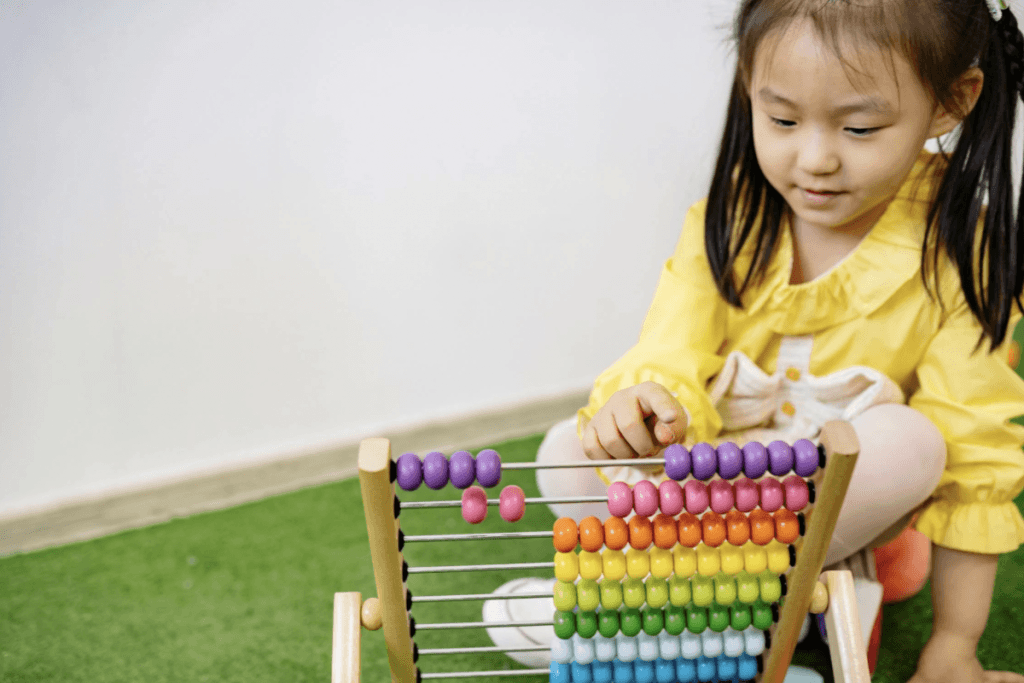
How to teach greater than and less than 2nd grade?
The best methods to teach greater than and less than to 2nd graders from the ones mentioned above are practicing with word problem worksheets and math tests to reinforce skills. Brighterly has both ready for your child — start practicing today!
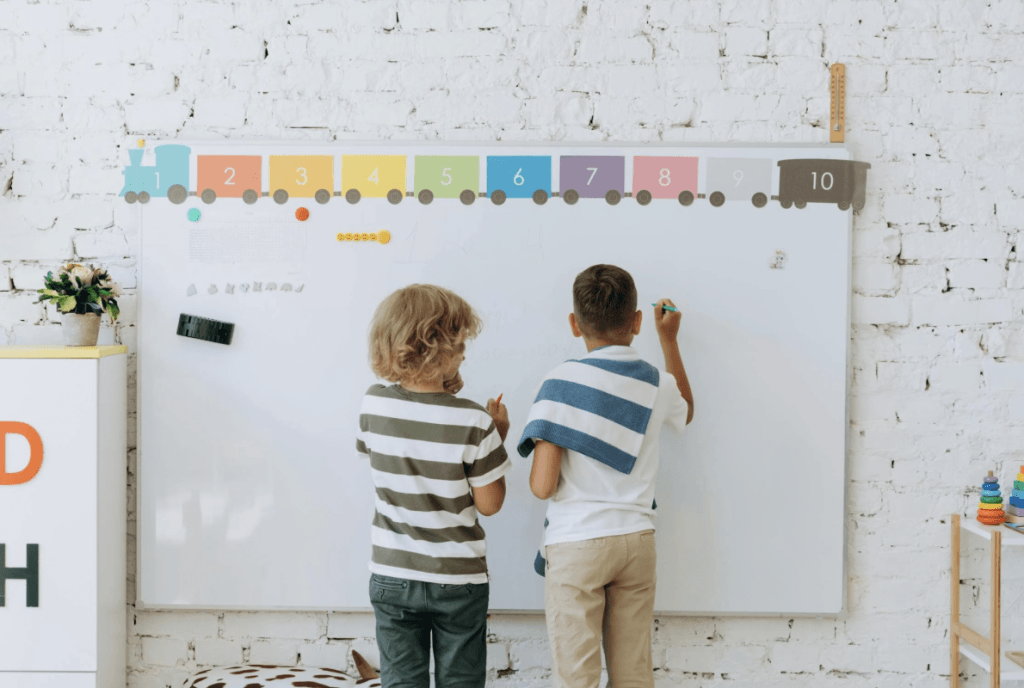
Conclusion
As a parent and a professional math tutor, I strongly believe that the key is to use age-appropriate teaching techniques that are amusing, hands-on, and connected to real life.
However, parents aren’t always ready to teach foundational skills to their little ones, especially if they’re first-time moms and dads. This is where greater than less than activities for kindergarten with a professional math tutor come into play.
Brighterly math tutoring platform knows all of the best techniques to help your kid conquer greater than less than. Book your 1st free demo math class today!!

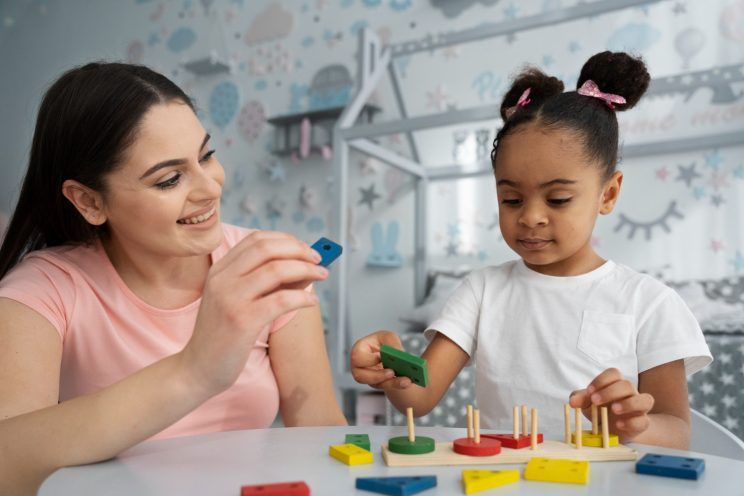


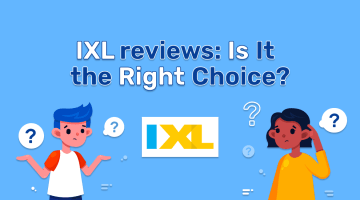

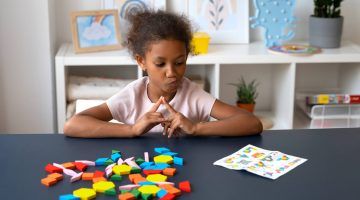



![Miacademy Reviews: Is It Worth It? [2025]](https://brighterly-stage.xyz/wp-content/uploads/2025/08/Miacademy-reviews_-Is-It-Worth-It-e1754287141491-360x200.png)



